National African American Archives and Museum
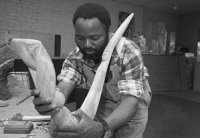
The Frederick Douglass House Era
In 1964, a privately funded Museum of African Art was established by Warren M. Robbins, a former American Foreign Service officer, at the Frederick Douglass House in Washington, DC. Robbins served as first director of the museum, which mounted exhibitions of traditional African artwork, and developed educational programs to foster public insight and appreciation of the cultures and artistic achievements of Africa. On October 5, 1978, the US Congress passed legislation approving the transfer of the museum to the Smithsonian. When the museum transfer was completed on August 13, 1979, its collections included some eight thousand objects of African sculpture, costumes, textiles, musical instruments, and jewelry; numerous books on African culture and history; early maps of Africa; educational materials; and photographs, slides, and film segments on African art, society, and environment bequeathed to the museum by world-renowned photographer Eliot Elisofon.
In 1981, the Museum of African Art was renamed the National Museum of African Art. In 1984, the museum opened Ethiopia: The Christian Art of an African Nation, its last exhibit at the Frederick Douglass House and in 1986, the Frederick Douglass House and adjacent properties were sold to a private organization, as the collections moved to the National Mall. On September 28, 1987, the National Museum of African Art re-opened as part of the Quadrangle complex in the South Yard behind the Smithsonian Institution Building.
Collections and Facilities
The Quadrangle Complex also houses the Arthur M. Sackler Gallery and the S. Dillon Ripley International Center. The uniqueness of the complex is that 96 percent of it resides underground with the Enid A. Haupt Victorian Garden on its roof. The complex was designed by architect Jean Paul Carlhian of the Boston firm Shepley, Bulfinch, Richardson and Abbott. Carlhain carried out the concept of a linked underground complex of buildings. His design incorporated geometric forms which were meant to provide a contextual unity to the project with the existing Smithsonian buildings: the Smithsonian Institution Building, the Arts and Industries Building, and the Freer Gallery of Art. The National Museum of African Art was placed adjacent to the Arts and Industries Building with circular forms derived from the semicircular arches of the Freer Gallery of Art across the way. The pink granite reflects the colors of the Smithsonian Institution Building and the Arts and Industries Building, while the gray color reflects the Freer Gallery of Art.
You might also like

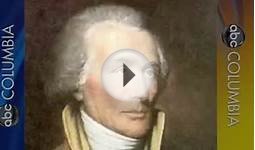
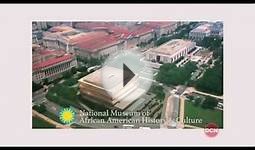
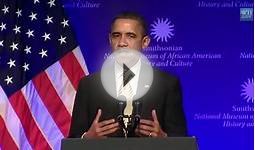
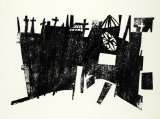
|
1967 Linocut African American Abstract Artist Frank E. Smith City Art Chicago - Original Linocut Home (Authenticated)
|
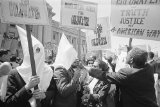
|
KKK & African Americans Goldwater Campaign 8x12 Silver Halide Photo Print Home (The McMahan Photo Art Gallery & Archive)
|
|
Mobile, Alabama: Including its History, The National African American Archives and Museum, The U.S. Space & Rocket Center, Mardi Gras, The Little River Canyon National Preserve, and More Book (Earth Eyes Travel Guides)
|
|
|
Mobile County, Alabama: Including its History, The National African American Archives and Museum, The Bon Secour National Wildlife Refuge, Mardi Gras in Mobile, and More Book (Earth Eyes Travel Guides) |
|
|
An Act to Establish the National Museum of African American History and Culture Plan for Action Presidential Commission to Develop a Plan of Action ... for Other Purposes (SuDoc AE 2.110:107-106) Book (U.S. G.P.O.) |





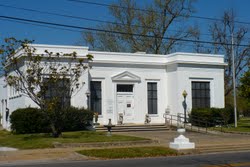 The National African American Archives and Museum, formerly the Davis Avenue Branch of the Mobile Public Library, is an archive and history museum located in Mobile, Alabama. It serves as a repository for documents, records, photographs, books, African carvings, furniture, and special collections that all relate to the African American...
The National African American Archives and Museum, formerly the Davis Avenue Branch of the Mobile Public Library, is an archive and history museum located in Mobile, Alabama. It serves as a repository for documents, records, photographs, books, African carvings, furniture, and special collections that all relate to the African American...